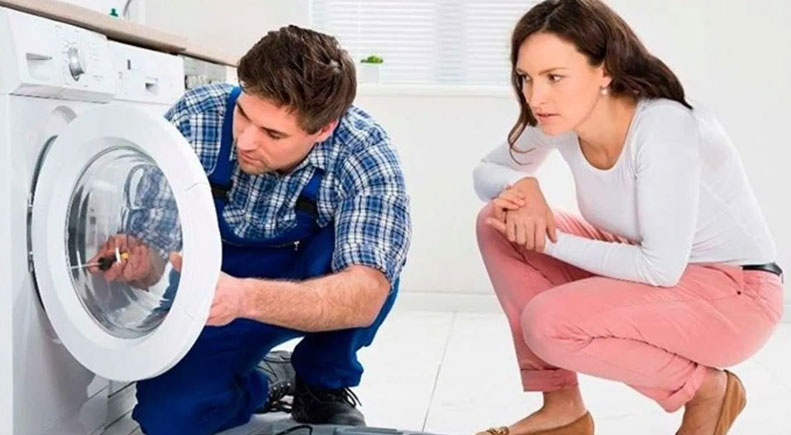
Voltage drops in Indian apartment buildings are quite a standard situation. Residents try to protect household appliances by installing RCDs or special circuit breakers. However, with all the advantages, such devices cannot fully secure electrical appliances.
What to do if the washing machine does not turn on after a power surge? How to start diagnosing a home assistant? How to avoid such a problem in the future? Let's take a look at the nuances.
Various reasons can cause a sudden power surge. For example, accidents on electrical networks, poor quality wiring in the house, overload of substations, simultaneous switching on or off several powerful devices, lightning strikes on the line, etc., lead to drops.
More than 90% of network fluctuations are insignificant. Either people or equipment does not notice them. However, we cannot say that they are safe. Even insignificant power surges (with a deviation of 5-10% from the standard values), which are repeated regularly, provoke equipment malfunction, leading to resetting the settings and the appearance of interference.
Drops in the network by more than 10-25% reduce the life of the washing machine and other equipment by almost 2 times. If the voltage jumps to 300 V, then the control module, the instrument panel of the machine, the noise filter and other elements may fail.
Modern electronically controlled washing machines often suffer from such power surges. Most often, the following internal parts of an automatic machine are damaged:
The mains filter checks if the machine stops turning on after a power surge. We will tell you how to test the element and, if necessary, replace it with your own hands.
Testing the FPS
The automatic machine usually stops turning on due to a blown capacitor. You need to run network filter diagnostics to see if this is the cause. To extract the FPS from the washer, you should:
Dismantling the FPS is very simple. Unscrew the bolts fixing it and remove the element from the housing. To diagnose the surge protector, you will need a multimeter. First, let's figure out how to check the device.
To get started, inspect the noise filter. In most cases, it is not difficult to notice that a fire has occurred. Insulation may melt on the part. Dark spots may appear. If the smell of burning comes from the FPS, and the contacts are charred, and without a multimeter, it will be clear that the element needs to be changed.
If everything is clean around the noise filter, check it with a multimeter. For this:
Replacing the filter is simple - the new part is fixed with two bolts. However, difficulties may arise in the process of finding components. You should buy an FPS that is completely similar to the one-shot in all respects. It is better to go to a store with a damaged item and ask the manager to pick up a similar one.
After installing a new noise filter:
Therefore, you need certain knowledge and special tools to check these serious washer components. Therefore, it is better to entrust the diagnosis to the specialists of the service center.
It is possible to prevent the failure of the washing machine due to unstable power. For this, stabilizers use - they normalize the voltage in the network, bringing it to the specified standards. In addition, the elements perform the functions of a powerful mains filter - they prevent short circuits, screen out interference, and prevent high-voltage impulses from harming the equipment.
You can install stabilizers for each electrical appliance; low-power devices suit this. However, since modern washing machines react quite sharply to voltage drops, providing a separate protective device for them is recommended. This will protect the machine from jumps in the network.
You can also put a very powerful stabilizer for the entire house network. These models are often used in country cottages and apartments. Due to the constant stabilization of voltage indicators, the service life of all electrical appliances extends at once.
Saving on a protective device is not worth it. However, it will pay for itself. For a network with a voltage of 220 Volts, single-phase stabilizers use, and for 380 Volts - one three-phase or three single-phase. A good model specifically for a washing machine will cost 5-8 thousand rupees, and for a home - several times more expensive.
Copyright © 2020 Coimbatore Service.